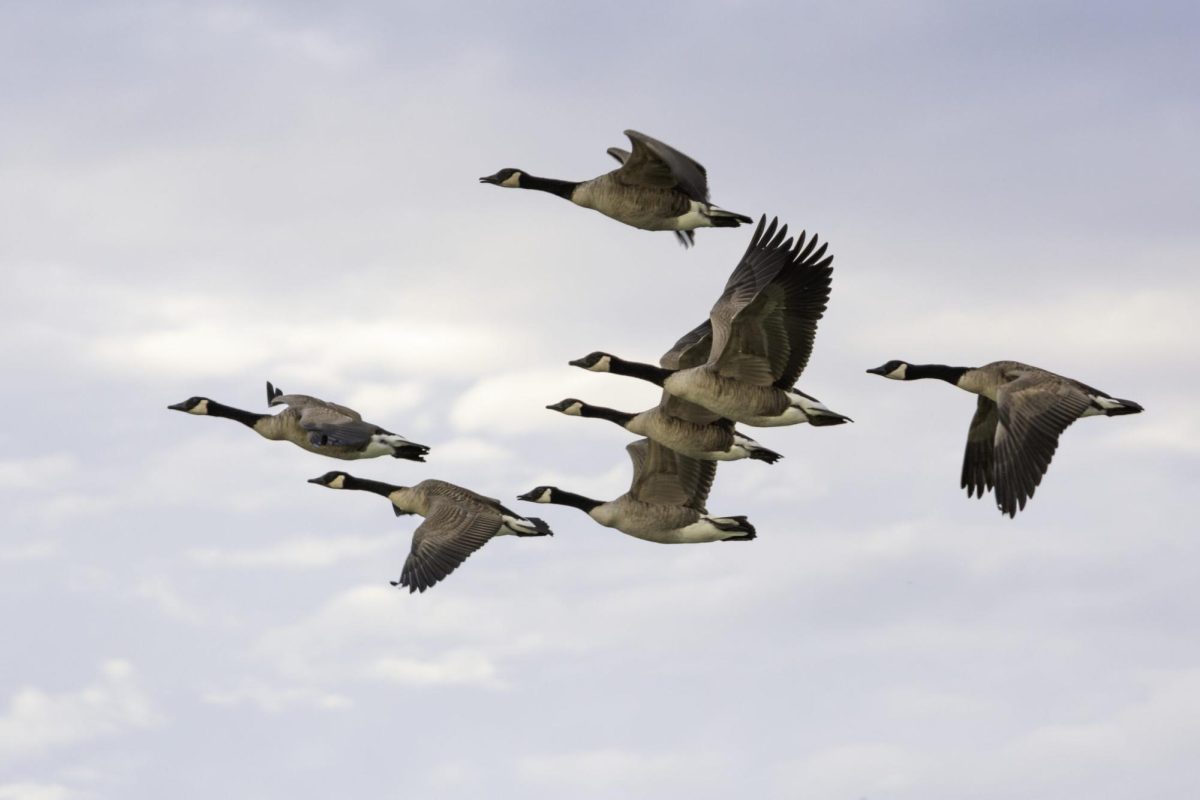Birds are a beautiful and vital part of Earth’s ecosystem. Every year, on the second Saturday of May and October, World Migratory Birds Day honors around 2000 species of migratory birds all across the world. Over the years, many bird species have become threatened by rising temperatures and habitat loss due to human development. It is crucial to recognize the wellbeing of these birds and ensure their safety and survival for many years to come.
The focus of this year’s World Migratory Birds Day is the importance of insects to many migratory bird species as a vital source of energy for their long journeys. While the development that has helped get rid of many large insect populations may seem nice for humans, it is excessively harmful to the birds who need these resources!
What is Migration?
Migration is important, yes, but what is migration? Bird migration is when huge populations of migrating birds journey from their breeding grounds to their wintering grounds each season. Birds primarily migrate to follow adequate food supply and find the best area for nesting each year. Some birds, such as the Arctic Tern, migrate as far as 25,000 miles, from the North Pole all the way down to the South Pole; while others, such as the North American Blue Grouse, may only go as far as 1,000 feet from one forest to another. A journey this long is not without rest. It is not only the migration’s start and end point that are important to the survival of bird species, but all of the places they stop along the way.
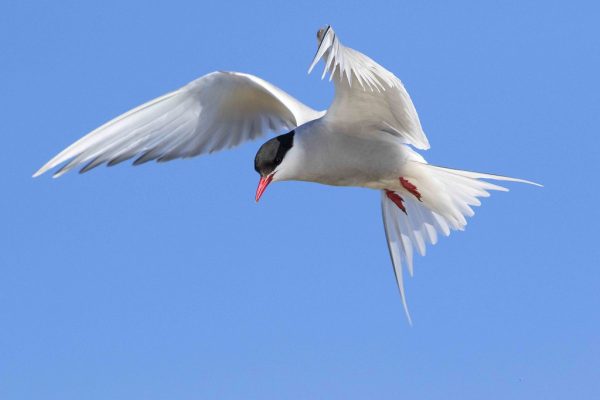
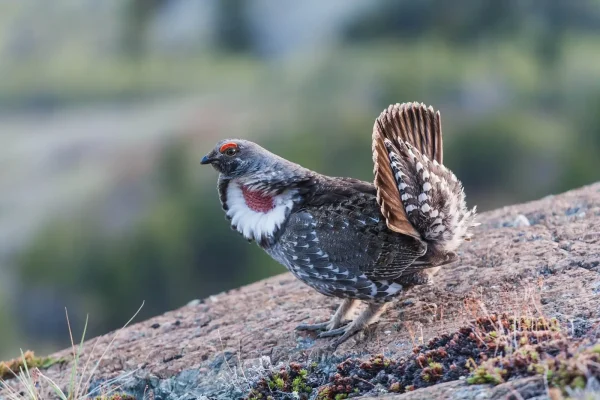
What migrations can you see?
With such long journeys, surely some migratory birds must pass our area as well. Many of them do! New Jersey is part of a migratory route called the Atlantic Flyway, utilized by around 500 species of migratory birds. Every year these birds fly across the American East coast, from Greenland to the Caribbean and many places in between, some of them ending their journey in our very state.
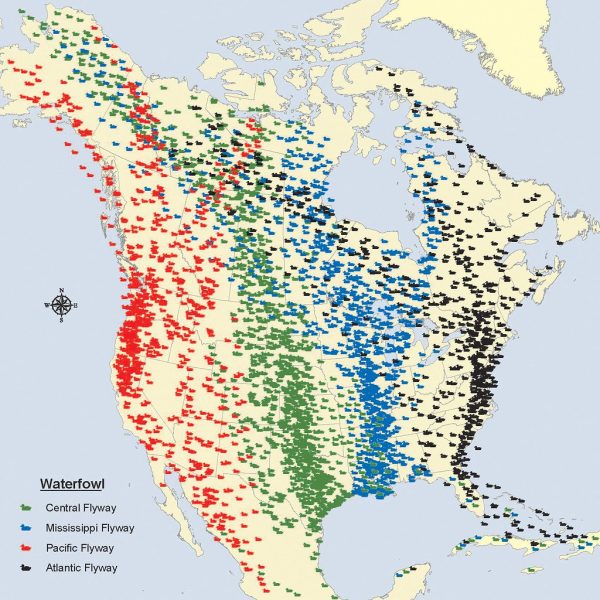
Some of the most commonly seen migratory birds in New Jersey are Canada Geese, Northern Cardinals, Dark-Eyed Juncos, Red-Breasted Nuthatches, Ruby-Throated Hummingbirds, Black-Capped Chickadees, House Finches, Purple Finches, and many others. Lenape student Cara Antinoff states, “I like the geese because they’re silly and they honk at me.” New Jersey is also very popular with shore birds and waterfowl like Red Knots, Sandpipers, Loons, Cormorants, Plovers, many duck species, and more, who utilize the resources of salt marshes and wetlands along the coast. Cape May, in particular, is a very popular place to see a broad range of migratory birds, ranking as one of the top fall birding locations. Other great places to see birds in New Jersey include: Sandy Hook peninsula, marshes on the Delaware Bay, Island Beach State Park, and various other parks and conservation areas all over New Jersey. Birding hotspots in and around Burlington County include: Palmyra Cove Nature Park, Boundary Creek Natural Resource Area, Amico Island Park, Smithville Park, and many more. Mr. Henson, environmental science teacher at Lenape and frequent visitor of Palmyra Cove says, “Palmyra Cove invites nature enthusiasts to a protected sanctuary in which many species of birds and migratory birds can function and flourish. It provides a natural habitat that allows many species of birds the opportunity to flourish and meet their needs. Tucked away of many industrial areas, the cove provides a protection to many species.”
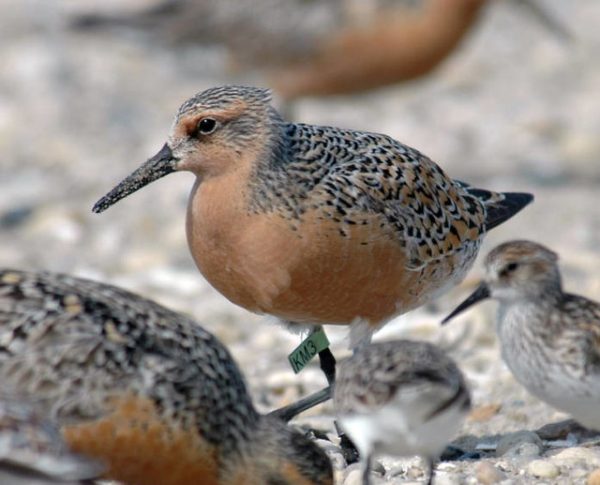
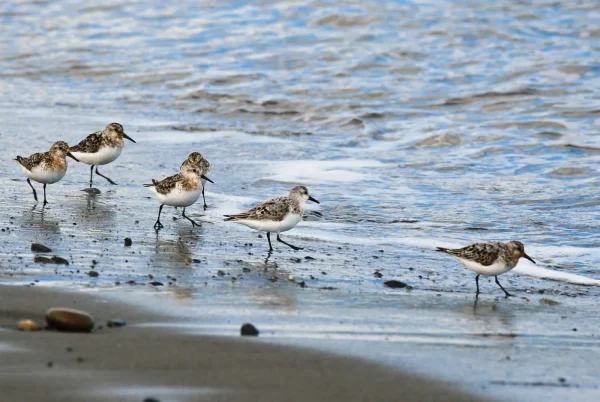
Seeing such a variety of birds in our local area is an amazing opportunity! Unfortunately, many of these birds are considered threatened, endangered, or at risk species, primarily due to loss of suitable habitat, especially including breeding habitats. This problem is especially prevalent with shorebirds. Three particular species who nest in specialized New Jersey habitat are endangered: Piping Plovers, Least Terns, and Black Skimmers. Other species of concern include: Red Knots, American Oystercatchers, and more. Development, erosion, and disturbance of beach nesting areas prevent these species from successfully hatching and raising chicks, and maintaining their populations.
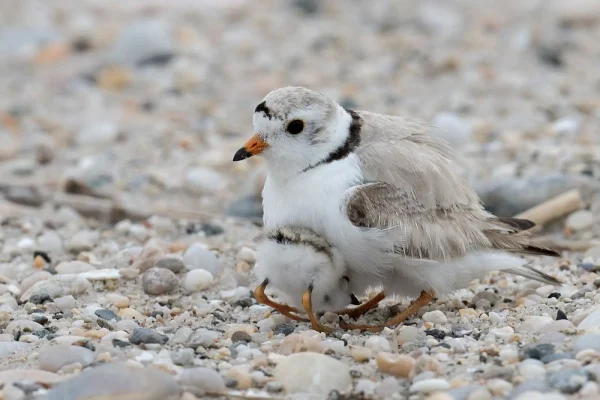
However, shorebirds aren’t the only ones at risk. Across the world, birds that rely on other human-affected habitats are at risk too! According to the US Fish and Wildlife Service, “it’s estimated that North America has lost nearly 3 billion breeding birds since 1970, roughly equivalent to losing one in four adult birds in 50 years.” That’s nearly 60 million birds per year! The Dark-Eyed Junco, one of New Jersey’s most common migratory winter birds, has itself lost 175 million birds from its population. Over 20 other species of birds have gone completely extinct in that time; species we cannot get back.
What can we do to help keep birds safe?
It may seem like the drastic loss in bird populations is an impossibly huge problem to tackle, but a little bit of help can still go a long way. Efforts are being made all over the world to help protect nesting habitats. In New Jersey, conservation efforts have already helped revive populations of Bald Eagles, Osprey, and Peregrine Falcons. One way to help endangered and threatened bird species is by supporting conservation efforts such as these, which are going on all the time.
There are also some easy ways that you can help locally and at home. New Jersey Fish and Wildlife recommends that some of the best ways to help are by:
- Creating or enhancing backyard habitats. You can do this with bird feeders and bird baths. As well as increasing native vegetation in your yard, which provides food, safety, and materials, as well as supporting beneficial insects and pollinators.
- Helping to reduce bird strikes on windows. Birds cannot see glass, so adding spaced square or dot patterns, spaced parachute cord, screens, or even just keeping blinds down can help them see that a window is present. There are many great resources to look into for methods you can use to reduce strikes.
- Keeping cats indoors. It is estimated that cats kill 1.3 – 4 billion birds per year in the United States alone! Keeping them indoors can help minimize this issue.
- Helping to conserve wildlife space in your community. Open and natural space is crucial to birds for food, water, nesting habitat, and living space.
- Learning birding practices. This can help you assist scientists in tracking bird populations, migrations, and behavior.
The next World Migratory Birds Day will occur on May 10, 2025. Now that you know how to help, hopefully you will be able to employ some of these easy and effective methods for helping birds in your community. Remember that birds are absolutely vital to keep our ecosystem running smoothly!


